An essential addition to a layered lighting scheme
Under cabinet lighting is an essential addition to a layered lighting scheme optimized for spaces where cabinets, shelves and closets are installed. Also referred to as under shelf lights, undermount lights, under counter lights or under cupboard lights, under cabinet lights constitute a substantially large family of products necessary to the functioning of a space fully utilized with functional cabinetry. These fixtures are mounted to the underside of wall-mounted cabinets which can be found throughout the home as well as commercial, retail and hospitality spaces. Broadly speaking, under cabinet lights are not limited to products that are attached beneath the cabinets or shelving, products designed for in-cabinet lighting applications also fall into this family.
Task lighting
While ceiling lights generously bathe an entire space in an ambient glow, rooms that rely only on overhead lighting can cast shadows created either by room occupants or by cabinets and shelves. Without under cabinet lighting, people would have to work in their own body shadows, and the dark cavities of cabinets and shelves can detract from the aesthetics of a room.
The best lighting is to formulate lighting itself in layers—providing a good mix of lighting that creates a pleasing ambiance and enables users of a space to see the critical details of an activity or an object. Under cabinet lighting is used as a supplement to general lighting for illuminating shadowy perimeter countertops and workspaces that are not served by ceiling lights. It contributes to the task layer of lighting that can be critical for productivity and safety. Under cabinet lighting is everywhere in a home. It is installed in kitchens, dining rooms, bathrooms, laundry rooms and home offices. Under cabinet lights are the workhorse of task lighting for the kitchen, where space is limited but performance is crucial.
Mounted along the underside of the cabinets and shelves, under cabinet lights provide the single source of task lighting at the countertop. Cabinetry lighting also serves to illuminate the inside of cabinets, shelves, drawers, and also smaller enclosed areas, such as closets and pantries.
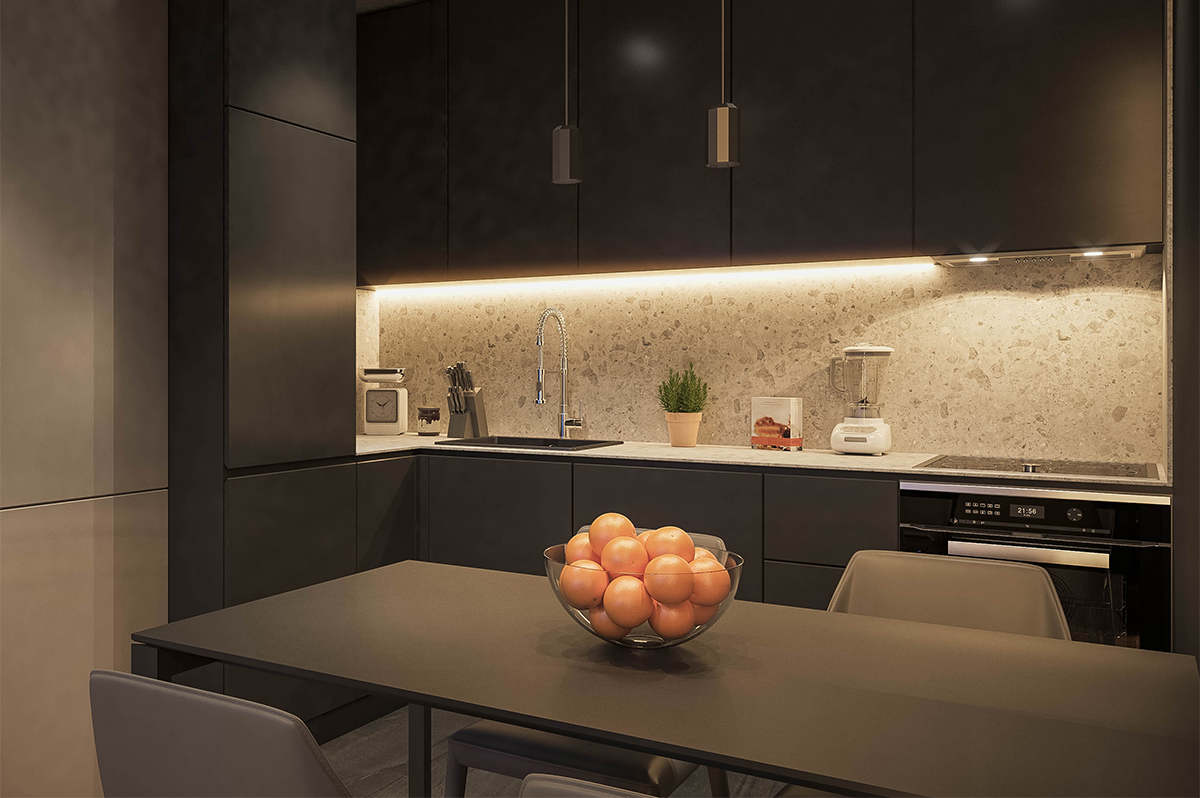
Accent and display lighting
The inconspicuous under cabinet lighting packs a big punch in enhancing the appearance and functionality of a space. A thoughtful lighting design allows multiple layers of light to work in unison and supplement each other. A typical room requires at least three types of light—ambient, task, and accent. The right combination of these three basic lighting layers is the key to creating a fully usable, attractive, and adaptive space.
Under cabinet lighting provides a versatile solution to illuminate tight spaces. Illuminating the interior of a shelf can steer attention towards displayed objects, which is accent lighting designed for. Creatively designed in-cabinet lighting generates focal points, showcases the beauty and enhances the attractiveness of items displayed in shelves.
Cabinetry lighting is incorporated as the accent layer of lighting to create visual interests and heighten the drama of the objects on display for a variety of spaces, which include living rooms, guest rooms, retail stores, museums, restaurants, bars, and night clubs. The retail industry makes extensive of cabinetry lighting to bring out the character and highlight the premium quality of merchandise.
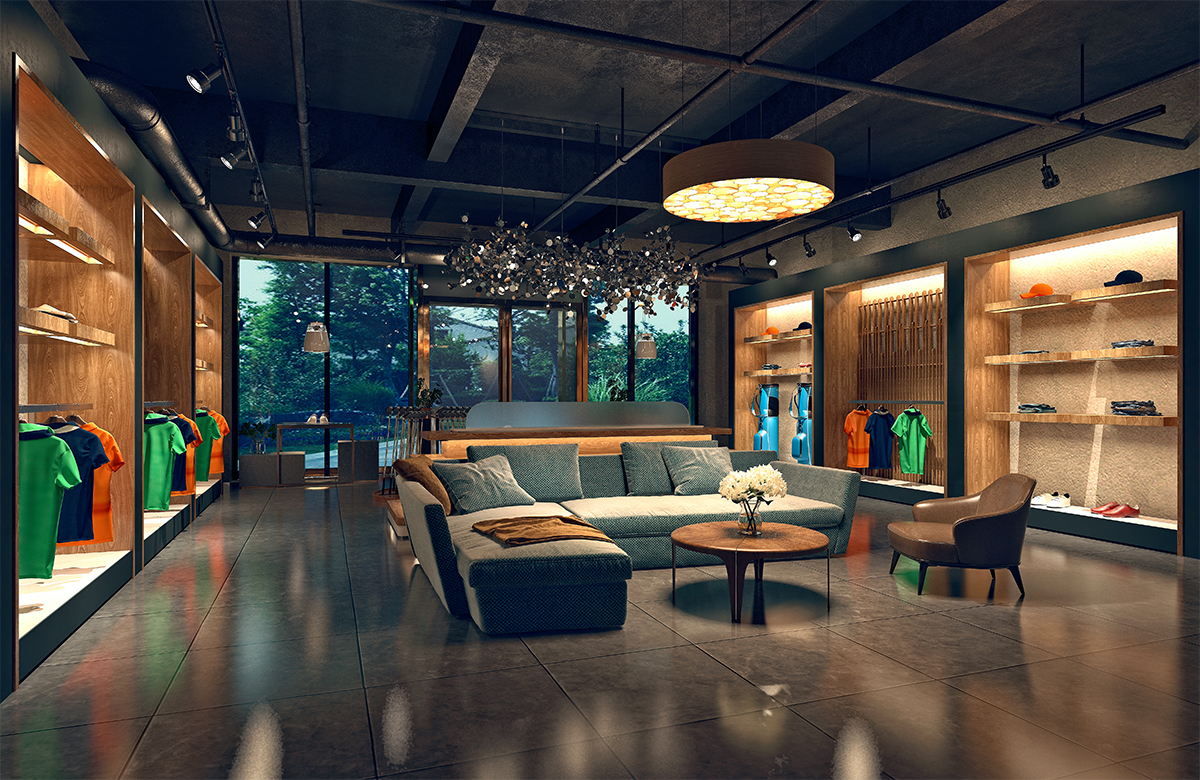
Riding on design and application benefits enabled by LED lighting
Under cabinet lighting that takes advantage of characteristics unique to LEDs is setting new standards for performance, furniture integration and application versatility. Beyond the enormous improvements in power conversion efficiency offered by the LED technology, further energy savings can be achieved through high efficiency optical control and high-level integration with lighting control systems.
One of the priorities in designing under cabinet lighting systems is to minimize the physical volume of the light fixture so as to not compromise the look of the cabinetry. LED undercabinet lights afford seamless integration with furniture and are capable of delivering more unobtrusive lighting because of the compactness of the solid state light sources. An overlooked but critical advantage of LED lighting is that LEDs do not produce infrared (IR) and ultraviolet (UV) radiation. The presence of IR and UV energy in optical radiation produced by traditional incandescent and fluorescent lights can cause thermal degradation or photochemical deterioration in artwork and merchandise.
Under cabinet lighting is located close to the task, therefore the damage from optical radiation is a significant concern. LED lights take care of conservationist requirements with IR- and UV-free radiation.
Types of LED under cabinet lights
LED under cabinet lights fall into two different categories: linear or puck lights. Linear under cabinet lights come in several variants, including light bars, flexible LED strip lights, and LED profiles. LED light bars are traditional style linear undercabinet fixtures that are usually rectangular in shape and come with an integral on/off rocker switch. These fixtures feature an extruded aluminum construction as well as a modular design that facilitates end-to-end installation with in-line connectors or configuration in daisy-chain fashion with extension cables for a completely customizable installation. Control of light distribution is achieved with a glass, polycarbonate or acrylic lens which may have a milky surface finish or is sculpted with prisms. Unlike other types of under cabinet lights that are typically low voltage systems, traditional style LED linear lights are often line-voltage units that have integral AC-to-DC LED drivers for on-board voltage and current regulation.
LED strips
Traditional style linear fixtures are, however, clumsy in design and often fail to satisfy the requirement of unobtrusive installation for under cabinet lighting. Preference for linear under cabinet lighting has shifted toward LED strips and profiles. In contrast to light bars that solder LEDs on rigid metal core printed circuit boards (MCPCBs), LED strip lights are fabricated from flexible strips of printed circuit boards. The 2- or 3-ounce thick flexible circuit board provides a circuit layer for electrical connection and a copper layer for heat spreading. The DIY-friendly LED strips are bendable, field-cuttable, and can be connected end-to-end. The adhesive backing allows for easy mounting. They utilize a low-voltage 12V or 24V DC electrical power, which means they’re safe to use. With unrivaled application flexibility and ease of installation, the ultra-thin LED strip lights are ideal for applications requiring innovative lighting designs and inconspicuous lighting.
LED profiles
LED profiles are assemblies of LED strips and aluminum extrusion channels. Housing LED strips in aluminum channels enables improved LED heat dissipation, gives cabinet lights a clean and finished look, and allows to incorporate secondary optics for more effective delivery of light and improved visual comfort. Aluminum channels can be extruded into a plethora of shapes that can accommodate various design and installation requirements. LED profiles can be joined with linear and corner connectors to create a continuous run. These types of under cabinet lights not only permit surface mounting and recessed installation with clean styling, but are also available in an angled design allowing for mounting to corners under and inside cabinets and shelves.
LED puck lights
LED puck lights are usually round, low profile luminaires typically designed for cabinetry installations where space is at a premium. While linear lights produce a smooth line of light that stretches the entire length of a cabinet, puck lights provide pops of light that create a rhythmic pattern on the backsplash wall when installed in a group. Puck lights are extremely versatile. They can be used to provide localized task lighting when mounted to the underside of cabinets. However, a more popular use of puck lights is to provide accent lighting inside display shelves. Puck lights can produce a controlled beam of light for highlighting merchandise, showing off collectibles, or illuminating framed photo prints. These luminaires can also be used as night lights, especially when they’re dimmable, battery powered, and motion sensor integrated.
Light source
The most used type of LEDs for under cabinet lighting applications is SMD LEDs although it’s not uncommon to see COB LEDs incorporated in puck lights and COB LED strip lights have already come to market. Of all aspects of LED lighting color quality is a critical consideration. Color quality is an encompassing term that gives consideration to correlated color temperature (CCT) and color rendering accuracy of the light source. Since under cabinet lighting is incredibly versatile in its application, the color characteristics specified for a product should support the respective design goals of each application. Typically, residential and hospitality spaces which try to create an inviting and intimate environment tend to use warmer light sources. Most commercial applications use light source with a neutral or cool shade (3500K to 4100K) which is considered to promote alertness, increase motivation and enhance concentration.
The ability to engineer the spectral output of an LED system allows for optimization of the color appearance of light for a specific application. Color consistency is an important dimension of color considerations. Linear under cabinet lighting requires tight color binning to ensure uniform white light from fixture to fixture and across the entire run of a fixture. High color rendering ability of light source is always appreciated for interior lighting. Retail display lighting has a dramatic emphasis on the ability of light sources to enhance whites and deliver lively rich colors.
Power supply
Under cabinet lights come mostly as low voltage lights that are plug-in, hardwired, or battery powered. The plug-in and hardwired lights connect to a remote power supply (LED driver) which converts a line voltage power (e.g., 120 VAC or 220 VAC) to a low-voltage 12V or 24V DC electrical power. Typically, multiple fixtures run on one driver in a series string. The LED driver must be adequately rated to prevent voltage drop on long feeds from power. To maximize energy savings with lighting controls, the connected LED driver must be dimmable with a phase-cut dimming system or can interpret other protocols like 0-10V or DALI. Occupancy sensors can be used to operate the LED driver for adaptive lighting control. Battery operated LED under cabinet lights often come with integrated motion sensors to improve battery autonomy. In-cabinet lighting applications commonly use door sensors to activate the lights.

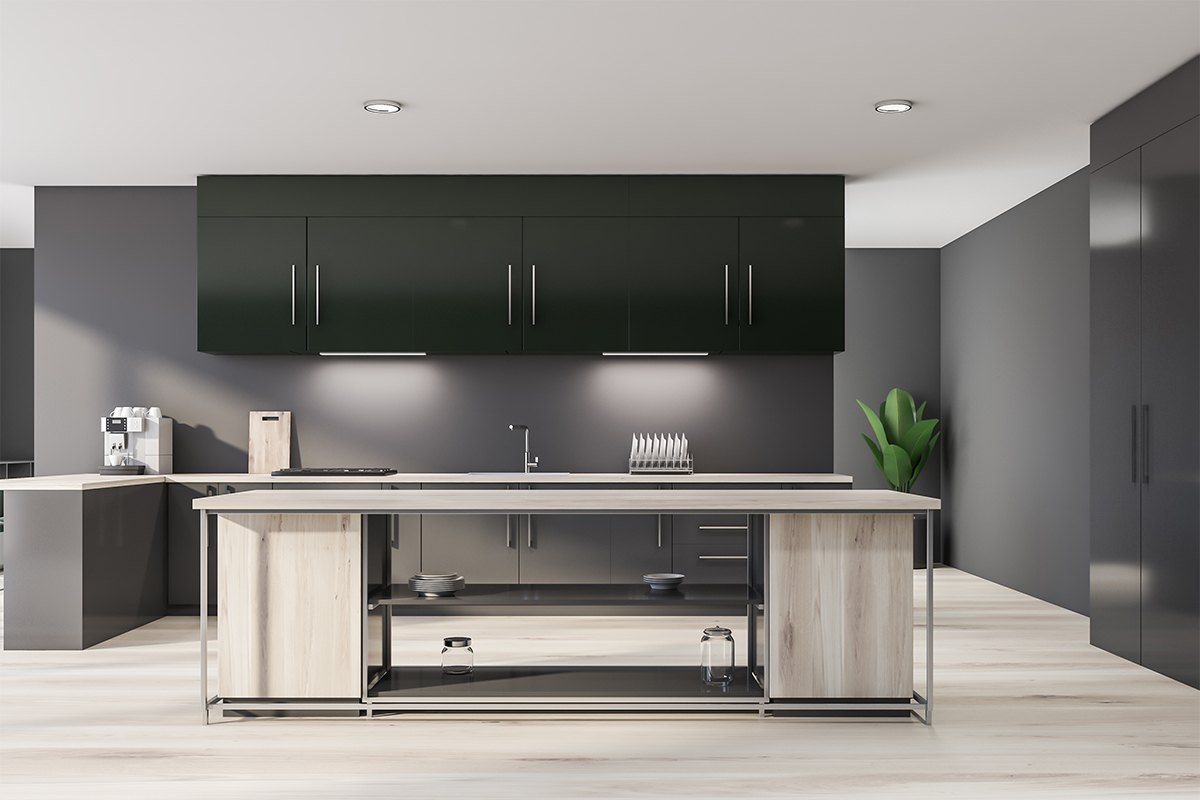

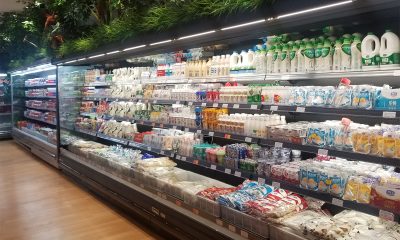
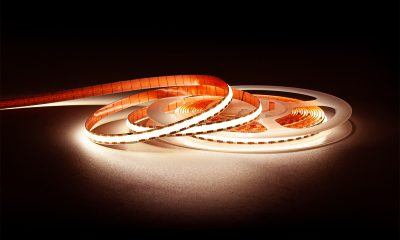

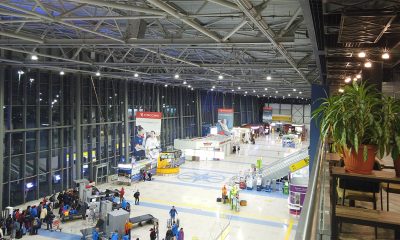
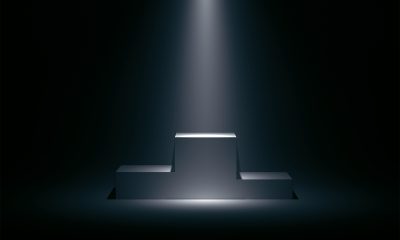
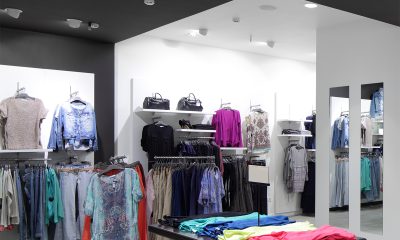
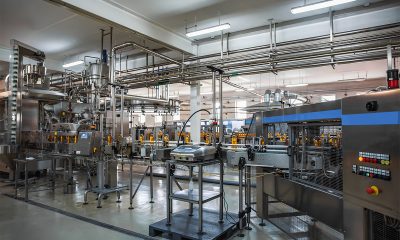
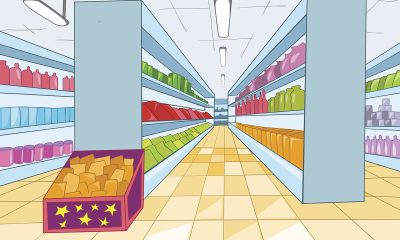
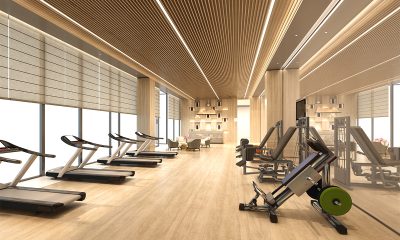

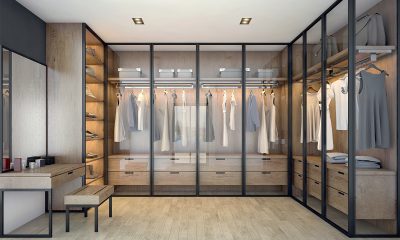





Loading...